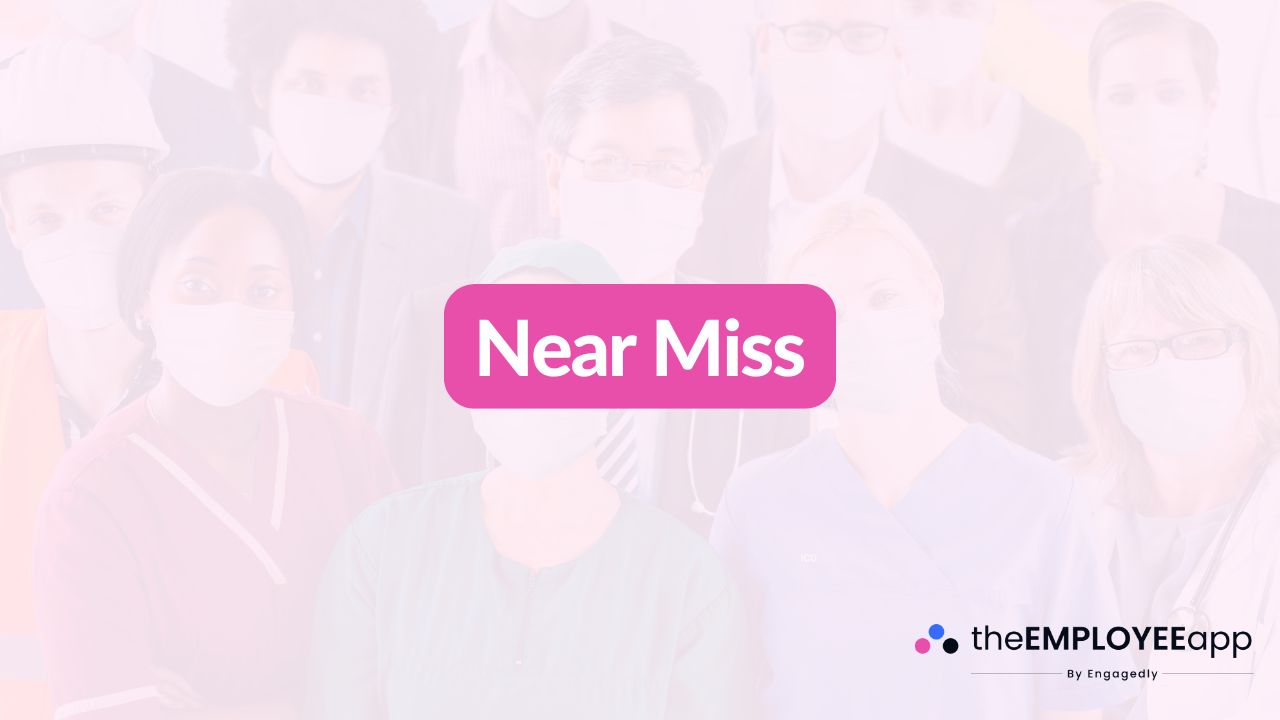
A near miss is an unplanned event that could have caused injury, illness, or damage but did not result in harm. In other words, it is a close call—a situation where something went wrong but, by chance or quick reaction, a serious incident was avoided. Near misses serve as critical warning signs that unsafe conditions or practices exist in the workplace and that corrective action is needed before an actual accident happens.
Many organizations focus on recording accidents and injuries but often overlook near misses. This is a missed opportunity. Reporting near misses helps organizations identify hazards early, learn from mistakes, and take proactive measures to improve safety.
When employees share near miss incidents, safety teams gain valuable insights into hidden risks that might otherwise remain unnoticed until a more serious accident occurs. By tracking and addressing these warning signs, organizations create a safer work environment and reinforce a culture of safety awareness.
Near misses can happen in virtually any work environment, from industrial facilities to offices. Common examples include:
A worker slips on a wet floor but catches themselves before falling.
A forklift passes too close to a pedestrian but avoids collision.
A chemical container is improperly sealed but does not spill.
A piece of equipment malfunctions but shuts down before causing injury.
An object falls from a shelf but narrowly misses striking someone.
Each of these scenarios could have caused significant harm. By treating them seriously and investigating their root causes, organizations can implement changes that prevent future accidents.
Organizations that actively encourage near miss reporting often see improvements in overall safety performance. The benefits include:
Proactive Hazard Identification: Detect risks before they cause harm.
Accident Prevention: Reduce the likelihood of serious incidents.
Improved Training and Awareness: Use real-life examples to educate employees.
Stronger Safety Culture: Show employees that leadership values prevention, not just reaction.
Regulatory Alignment: Support compliance with workplace safety regulations and audits.
Despite the clear benefits, employees may hesitate to report near misses. Common barriers include:
Fear of blame or punishment.
Belief that reporting is not worth the effort.
Lack of an easy reporting system.
Perception that leadership does not take reports seriously.
Overcoming these barriers requires leadership commitment, anonymous reporting options, and clear communication that the goal of reporting is prevention, not blame.
To build a successful near miss program, organizations should:
Encourage Open Communication: Foster a workplace where employees feel safe to speak up without fear of retaliation.
Simplify Reporting: Offer easy-to-use digital tools or mobile apps for quick reporting.
Investigate Every Report: Even if no harm occurred, look into the root cause.
Provide Feedback: Share outcomes with employees so they know their reports make a difference.
Recognize Participation: Acknowledge employees who actively contribute to safety through reporting.
A strong safety culture is not just about reacting to accidents—it is about preventing them. Near miss reporting encourages a mindset where employees stay alert, recognize hazards, and actively contribute to workplace safety. When leadership treats near misses as learning opportunities rather than failures, it helps build trust and empowers workers to take ownership of safety practices.
A near miss may not cause immediate harm, but ignoring it is a risk no organization can afford to take. By encouraging reporting, analyzing incidents, and taking corrective action, businesses turn close calls into opportunities for improvement. Over time, this proactive approach reduces accidents, strengthens compliance, and creates a safer, more resilient workplace.
